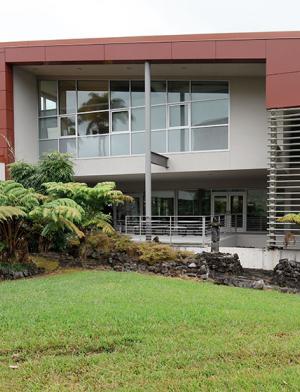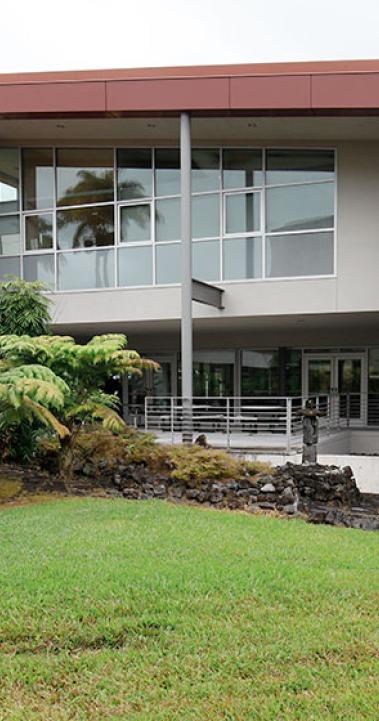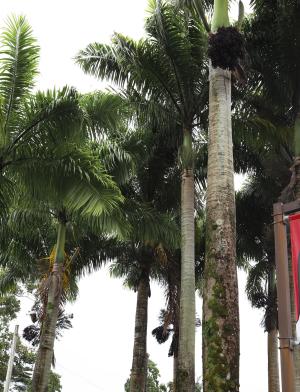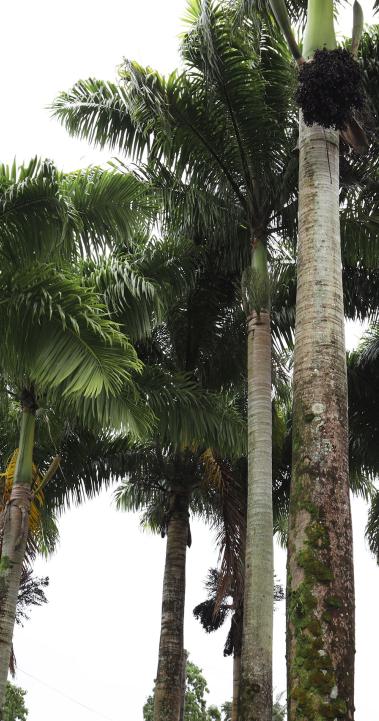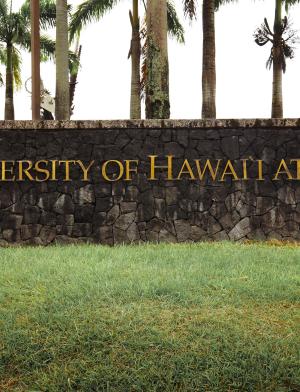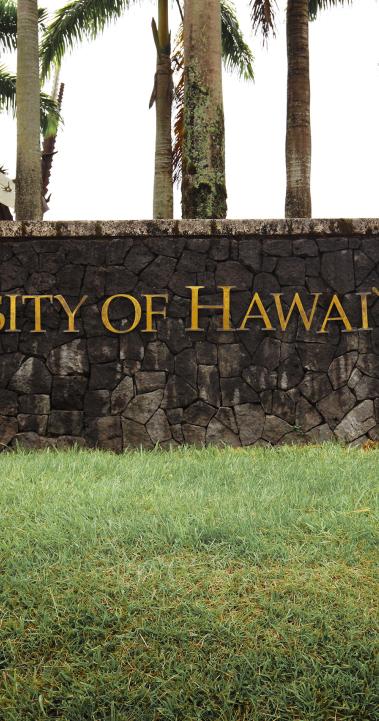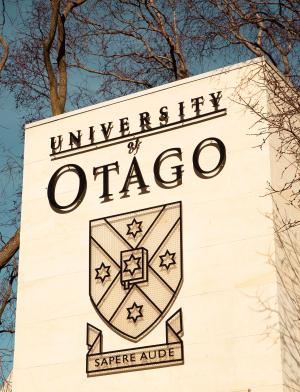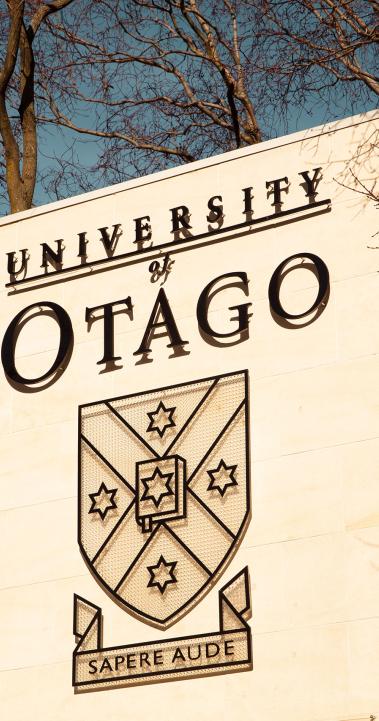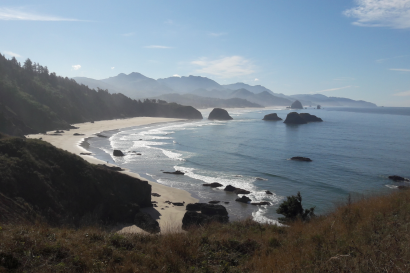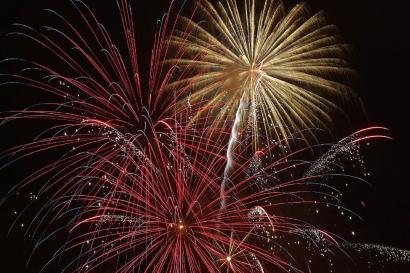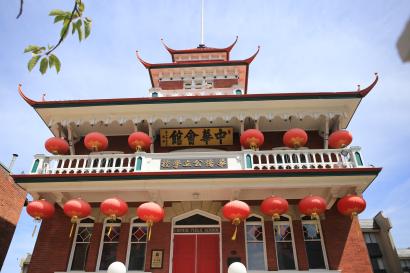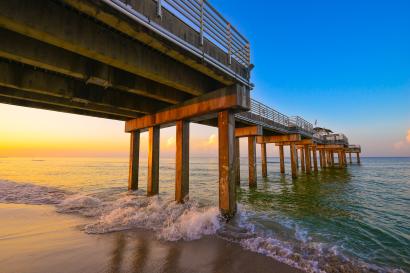Beyond the beaches: The history that made Hilo
First inhabitants
Hilo began around 1100 AD when its first habitants came from Polynesia. The majority of the first residents lived along the Wailuku and Wailoa rivers—many ancient civilizations lived near prominent bodies of water due to its natural role as a life source. Here, they began fishing and agricultural communities.
Most of the knowledge we have today about ancient Hawaii comes from oral history as there isn’t much archaeological evidence, and it’s from this oral history we know the name Hilo means “to twist.”
Sugar plantations
By the late 1800s, sugar plantations were the main source of revenue for Hilo. The Hilo Sugar Mill produced 3,500 tons of sugar annually at this time, and the business brought workers all the way from China, Japan, Philippines, Korea, and Portugal to work on sugarcane plantations.
The Chinese immigrants were the first in Hawaii to refine sugar, and the first force to work on the plantations. The workday was exhausting, and all workers were bound by 3- to 5-year contracts.
Tsunamis
In April of 1946, a 46-foot-high tsunami created by a 7.8-magniture earthquake near Aleutian Islands hit Hilo and killed 160 people. It was due to this earthquake that the Pacific Tsunami Warning Center was established in 1949, to avoid the destruction that had occurred years earlier without any warning.
Despite this precautionary measure, another tsunami hit on May 22, 1960, which claimed 61 lives. This was allegedly in large part due to people ignoring warning sirens. Many of the low-lying bayfront areas that were newly empty but had previously been occupied were turned into parks or memorials.
Tourism takes over
The 1900s saw a rise in tourism, with visitors drawn to the island’s active volcanoes. This was halted by tsunamis in the mid-1900s, but a general statewide slump caused by the closing of sugar plantations in the 1990s resulted in a new push for tourism. This was helped by the cultural boom of downtown in the 1980s as several galleries and museums opened.
Hilo today
The population and tourism have grown in Hilo since the 1900s. At 275 days or more of average rain per year, Hilo isn’t the most popular tourist spot compared to other Hawaiian islands, but its population and tourist-draw continue to grow. Hilo today supports a thriving orchid industry, and its exports include papayas, anthuriums, macadamia nuts, and cattle.
The Hilo of today is made by the interesting and at times destructive history that has crafted it into a beautiful, cultural hub for the island.
